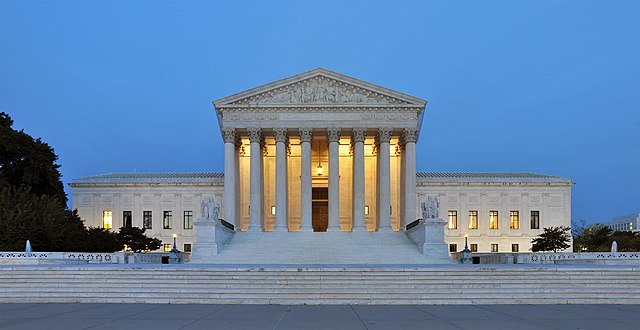
On June 27, the Supreme Court handed President Donald Trump what he hailed as a “GIANT WIN,” finding that lower courts had “likely” overstepped in ordering universal injunctions blocking many of the president’s policies.
While the Court’s 6-3 opinion in Trump v. CASA appeared to disarm Trump’s opponents of perhaps their most potent legal weapon, his adversaries had other ideas.
In the weeks since, Trump’s challengers have seized on the ruling’s openings – especially the use of class-action suits in which a handful of plaintiffs may allege harm and seek relief on behalf of all similarly situated parties – to continue leveraging lower court judges to block the president’s orders.
Norm Eisen, one of the architects of a so-called “rule of law and shock and awe” strategy to blanket the administration with dozens of lawsuits, quickly helped bring a case before New Hampshire’s district court. The suit aimed to enjoin the president’s ban on birthright citizenship not only with respect to five named plaintiffs, but for “a nationwide class of all other persons similarly situated.”
On July 3, the district court ruled in the plaintiffs’ favor in that case, over the Trump administration’s objections. Other plaintiffs prevailed in a separate case in the D.C. District Court challenging the president’s crackdown on asylum claims at the southern border.
Scholars on both sides of the universal injunctions issue agree that CASA’s impact may be limited.
Click this link for the original source of this article.
Author: Marty Kaufmann
This content is courtesy of, and owned and copyrighted by, https://www.offthepress.com and its author. This content is made available by use of the public RSS feed offered by the host site and is used for educational purposes only. If you are the author or represent the host site and would like this content removed now and in the future, please contact USSANews.com using the email address in the Contact page found in the website menu.







